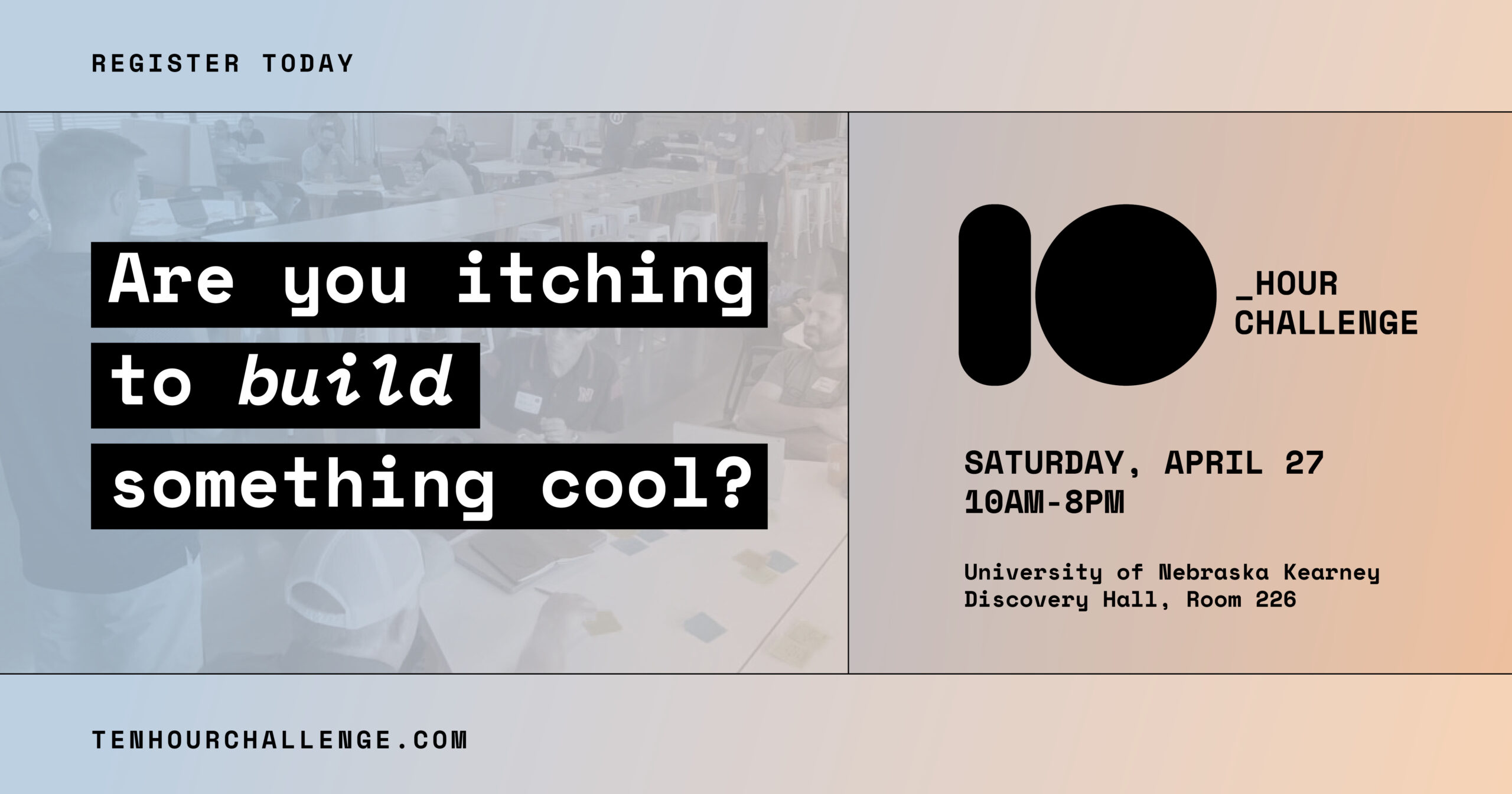 Rob Sweeney says we’re in the midst of a tech-based disconnect, and it’s based on age.
Rob Sweeney says we’re in the midst of a tech-based disconnect, and it’s based on age.
This generation of digital natives can master an iPhone by age four. But our grandparents could care less about hashtags, Facebook timelines and texting. That’s where the failed connection happens.
Kansas City native Sweeney sees a starightforward way to alleviate grandma’s tech-based communication woes, and he calls it messageQube.
The idea is simple: instead of teaching elderly relatives to use text messaging to communicate, messageQube acts as a receiver for the messages, and automatically prints them on a receipt-style sheet. That way, grandma can consume your heartfelt texts through a print-based medium—an experience that feels more familiar.
“Many of these people are challenged by technology, and they have limited options for communicating with loved ones,” Sweeney sais
Sweeny—who is the founder and CEO of messageQube and also heads mass notification service TextCaster—hatched the concept when his mother was in the hospital two-and-a-half years ago. He had been fooling around with a Chinese SMS-based printer and decided to bring it with him when he visited mom.
 “I sent an email out to my brothers, my sister, my children, nieces, nephews, and I told them to start sending little get-well text messages to grandma,” he says. “At first they were a little bit leery because they knew grandma doesn’t text, but I said humor me.”
“I sent an email out to my brothers, my sister, my children, nieces, nephews, and I told them to start sending little get-well text messages to grandma,” he says. “At first they were a little bit leery because they knew grandma doesn’t text, but I said humor me.”
When grandma woke up, there were 17 messages waiting for her. “She started giggling. She was supposed to be in the hospital for five days but she was out in four because she spent the whole time laughing at the messages people were sending,” Sweeney (right) said. “They lifted her spirits.”
Sweeney knew this product could help improve the lives of more tech-averse citizens, so about a year ago he devoted some TextCaster resources to developing the messageQube. That also meant moving into unfamiliar territory: designing a device rather than just software.
For this particular product—keeping the target user in mind—Sweeney focused specifically on ease of use. “Imagine buying a new toaster,” he said. “You take it out of the box, set it on the counter and plug it in. Then it just works. That’s how we wanted the messageQube to work.”
Actually, using messageQube might be easier than cooking breakfast. The device comes pre-programmed with a unique phone number based on the buyer’s location—no setup required. After plugging it in, family and friends can start sending messages, and messageQube will spit them out.
After conducting a field test using 10 units, messageQube launched in November of 2012.
The device itself sells for $169, then users pay a $21 monthly subscription fee that covers mobile data over the Sprint network and the cost of database management. Since the messageQube uses thermal print technology—the same process used to print grocery store receipts, but at a higher quality—there are no ink costs. Users do need to replace the thermal paper, but Sweeney says a $2, 200-foot roll easily lasts a few months.
Along with text messages, users can send longer, 600-character notes and black-and-white photos using messageQube’s free iOS or Android app. They also offer a web-based option, which they plan to improve with features like a digital receipt of arrival.
messageQube’s simplicity puts it on par with their two main competitors, Presto and Berg’s Little Printer, but there are some key differences. Presto is aiming for the same senior-citizen market, but requires wifi and full-sized sheets of paper. It does print in color, but requires ink cartridges. On the other hand, the Little Printer markets to a younger audience, and still needs a wifi connection and web-based content programming.
Sweeney sees his plug-and-play mobile data solution as the main differentiator. “I think there’s a market out there for everything that we’re competing against,” he said. “But we think there’s a pretty sizable market for a wireless printer that’s supported by cellular technology versus wifi.”
To expand into that market, Sweeney funds most of the project with his own money, but about 20 percent of the budget comes from an angel investor group. He also sees potential for the messageQube to evolve into a healthcare product or a tool for tracking corporate wellness. With that in mind, they just finished designing a messageQube that connects via bluetooth to a weight scale and blood pressure cuff, allowing doctors receive printouts of a patient’s progress and catch any red flags. Sweeney is hoping to release the beta version of that product to healthcare providers in the next month.
But even with opportunities on the horizon, Sweeney still recognizes the joy that a simple “hello” can create. “I like to think of this tech as being a giant step backwards towards the use of very sophisticated technology for a simple purpose: print communication,” he said. “It’s an extremely simple way to express a warm feeling with those you love.”
Here’s a messageQube promotional video featured on the company’s website:
Credits: Photo of messageQube from messageqube.com. Rob Sweeney photo from textcaster.com. Video from messageQube on Vimeo.




